Jewelry clasps are small but essential components that play a vital role in securing and enhancing the overall design of necklaces and bracelets. These jewelry closures not only ensure that your precious jewelry stays in place but also add a touch of style and functionality to your accessories. In this blog, we will explore various types of necklace clasps and bracelet clasps, their pros and cons, and the types of jewelry they are best suited for.
Different Types of Necklace Clasps:
Alligator Clasp:
The alligator necklace clasp features a spring-loaded mechanism that opens when pressure is applied and securely closes when released.
Pros: Easy to use and secured jewelry closures
Cons: Not suitable for delicate chains
Ideal for: Chunky necklaces and bracelets, statement pieces
Ball Clasp:
The ball necklace clasp involves inserting a ball-shaped closure into a socket, where it fits snugly to secure the necklace.
Pros: Simple design, easy to fasten
Cons: Limited versatility, may require more effort to open.
Ideal for: Necklaces with larger beads or pearls.
Barrel Clasp:
The barrel necklace closure consists of two metal pieces that screw together, providing a secure closure by twisting them in opposite directions.
Pros: Secure closure, suitable for heavy necklaces.
Cons: Requires dexterity to screw open and close.
Ideal for: Necklaces with heavy pendants, pearl necklaces.
Box Clasp:
The box bracelet clasp utilizes a tab that slides into a box-shaped enclosure, securing the necklace with a click or snap sound.
Pros: Secure closure, visually appealing.
Cons: Requires precise alignment to close properly.
Ideal for: Statement necklaces, pearl necklaces, chunky bracelets, bracelets with gemstones
Fishhook Clasp:
Resembling a fishhook, this jewelry closure is inserted into an open loop and typically requires a slight pull or tug to secure it.
Pros: Easy to use, lightweight design.
Cons: Not suitable for heavy necklaces, may be prone to accidental opening.
Ideal for: Delicate necklaces, casual jewelry.
Hook Clasp:
The hook jewelry fastner involves inserting a hook-shaped closure into a loop and rotating it to secure the necklace.
Pros: Easy to fasten, vintage appeal.
Cons: May come loose if not properly secured.
Ideal for: Vintage necklaces, bohemian-style jewelry.
Lobster Claw Clasp:
The lobster claw bracelet closure features a hinged lever that opens and closes, allowing the necklace to be easily secured or released.
Pros: Secure closure, easy to operate.
Cons: May be difficult for individuals with limited dexterity.
Ideal for: All types of necklaces, including those with heavier pendants and most bracelet styles, including chain bracelets.
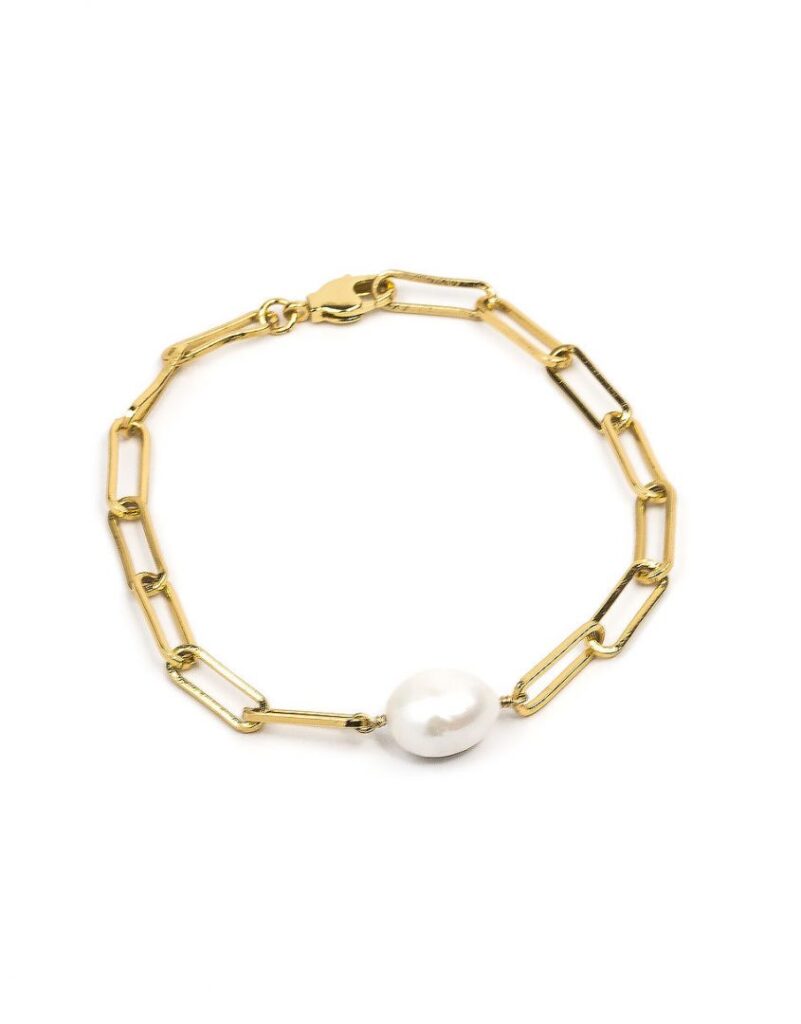
Push Button Clasp:
The push button necklace fastner has a button mechanism that is pressed to release or secure the necklace.
Pros: Convenient and quick to open and close.
Cons: May require occasional maintenance to ensure the button remains functional.
Ideal for: Everyday dainty necklaces, active wear.
Spring Ring Clasp:
The spring ring jewelry clasp consists of a small ring that is pulled back and released to open or close the necklace.
Pros: Simple to operate, versatile design.
Cons: Small size may be challenging for some individuals.
Ideal for: Lightweight necklaces, dainty chains, Bracelets with small or delicate chains.
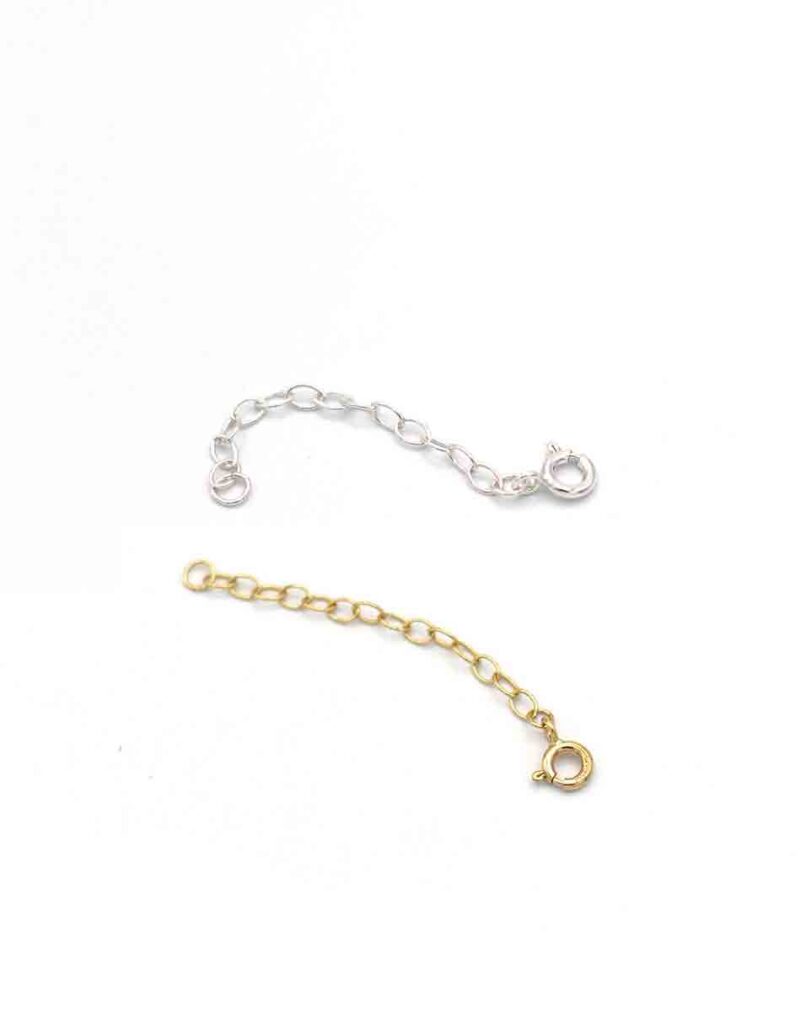
Buckle Clasp:
The buckle necklace clasp resembles a belt buckle and secures the necklace by inserting a prong into a hole.
Pros: Unique and stylish, adjustable length.
Cons: May require assistance to fasten.
Ideal for: Fashion-forward necklaces, leather or fabric chains.
Concealed Clasp:
The concealed necklace clasp is hidden within the necklace design, often opening or closing with a hidden button or release mechanism.
Pros: Aesthetically pleasing, doesn’t interfere with the necklace design.
Cons: May be challenging to operate.
Ideal for: Delicate necklaces, minimalist jewelry.
Ladder Clasp:
The ladder necklace clasp involves interlocking rings and bars that slide into place, securing the necklace at the desired length.
Pros: Provides adjustable length, secure closure.
Cons: May be time-consuming to open and close.
Ideal for: Necklaces with multiple strands, layered necklaces.
Swivel Clasp:
The swivel necklace clasp features a rotating mechanism that allows the necklace to move freely without tangling.
Pros: Prevents tangling, adds flexibility.
Cons: Not suitable for heavy or chunky necklaces.
Ideal for: Necklaces with pendants, minimalist necklaces.
Slide Clasp/Layered Necklace Clasp:
This clasp typically involves sliding one piece into another to adjust the length of the necklace, securing it in place.
Pros: Versatile, allows for customization.
Cons: May require occasional readjustment.
Ideal for: Layered necklaces, chains with multiple pendants.
Magnetic Clasp:
The magnetic clasp uses magnets to attract and hold the ends of the necklace together, providing a simple and quick closure.
Pros: Easy to open and close, convenient.
Cons: May be less secure, magnets can lose strength over time.
Ideal for: Lightweight necklaces, individuals with limited dexterity.

Toggle Clasp:
The toggle clasp consists of a T-shaped bar that is inserted into a circular or decorative loop, securing the necklace by fitting through the loop and resting against it.
Pros: Stylish and trendy, easy to use.
Cons: Not as secure for heavy necklaces.
Ideal for: Fashion-forward necklaces, statement pieces.
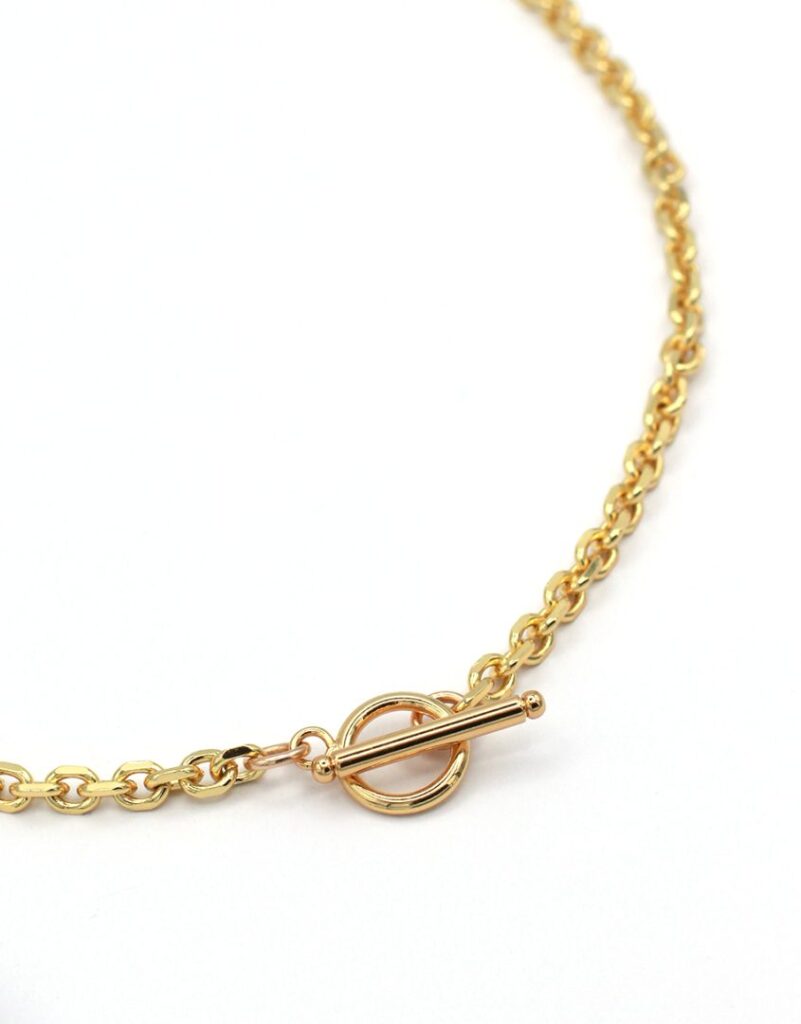
How to open a bracelet clasp or a necklace clasp?
To open a bracelet or necklace clasp, locate the closure mechanism and follow the specific instructions for the clasp type. Some clasps require pushing, pulling, twisting, or sliding motions.
How to take off a bracelet clasp?
To take off a bracelet clasp, follow the reverse of the opening instructions. Release the closure mechanism and gently remove the bracelet from your wrist.
How to fix a broken necklace clasp at home?
If a necklace clasp is broken, it is best to take it to a professional jeweler for repair. They can assess the damage and replace the clasp if necessary.
Here are a few hacks to help you address common issues with clasps at home:
- Reattach a Jump Ring: If the clasp has detached from the necklace chain, you can use a small pair of pliers to open a jump ring, slip it through the end link of the chain, and then reattach the clasp to the jump ring. Ensure the jump ring is securely closed using the pliers.
- Substitute with a Safety Pin: In the absence of a replacement clasp, you can temporarily use a small safety pin as a makeshift clasp. Insert the safety pin through the end link of the chain and fasten it securely. This is a quick fix for a temporary solution.
- Utilize a Paperclip: Straighten out a paperclip and bend it into a hook shape. Insert the hook into the end link of the chain, creating a temporary closure. This hack works best for lightweight necklaces.
- Attach a Ribbon or String: If the broken clasp cannot be fixed immediately, you can tie a ribbon or string to both ends of the necklace chain, creating a knot or bow to secure it. This method is suitable for necklaces with larger beads or pendants.
- Use a Rubber Band: Wrap a small rubber band tightly around the end links of the chain to create a makeshift closure. This hack is useful for lightweight necklaces, but ensure the rubber band is securely fastened.
Remember, these hacks are temporary solutions and may not provide the same level of security and durability as a proper clasp.
How to keep a necklace clasp in the back?
Keeping a necklace clasp in the back can enhance the overall appearance of your jewelry and prevent the clasp from sliding to the front. Here are some useful hacks to achieve this:
- Necklace Extenders: Use a necklace extender with a decorative element at the end to add length to your necklace. Attach the extender to the existing clasp, and then fasten the clasp behind your neck, ensuring the decorative element hangs down your back, keeping the clasp concealed.
- Ribbon or Elastic Band: Attach a small piece of ribbon or an elastic band to both ends of the necklace chain near the clasp. Tie the ribbon or band together behind your neck, keeping the clasp in the back. Adjust the length to ensure a comfortable fit.
- Bobby Pins: Insert a bobby pin through the end link of the necklace chain on one side and secure it by clipping it to your clothing near the back of your neck. Repeat the same on the other side. This will keep the clasp hidden and prevent it from moving.
- Necklace Backer: Purchase a necklace backer, which is a small accessory designed to keep the clasp in the back. It attaches to the necklace chain and features a decorative element that hangs down your back, providing both functionality and style.
- Clear Nail Polish: Apply a thin layer of clear nail polish over the clasp, especially the open part, to create a temporary adhesive. This can help prevent the clasp from sliding to the front and keep it in the back.
- Velcro Dots: Attach small Velcro dots to both ends of the necklace chain near the clasp. Press the dots together behind your neck to secure the necklace and keep the clasp hidden.
- Bead Stopper: Use a bead stopper, which is a small device that clamps onto the chain, to keep the clasp in place. The bead stopper can be positioned behind your neck to prevent the clasp from moving to the front.
Remember to choose the hack that suits your necklace design and personal preference. These hacks can help keep the necklace clasp in the back, ensuring a polished and seamless look while you wear your jewelry.
How to put a clasp on a necklace?
To put a clasp on a necklace, align the ends of the necklace with the closure mechanism and follow the instructions specific to the clasp type. Secure the closure properly to ensure the necklace stays in place.
In conclusion, jewelry clasps are crucial components that not only secure necklaces and bracelets but also contribute to their overall aesthetic appeal. With various clasp types available, you can choose the one that best suits your jewelry style, design, and personal preferences. Whether you opt for an alligator clasp, lobster claw clasp, or any other type, understanding their pros and cons will help you make informed choices when selecting and maintaining your cherished pieces of jewelry.

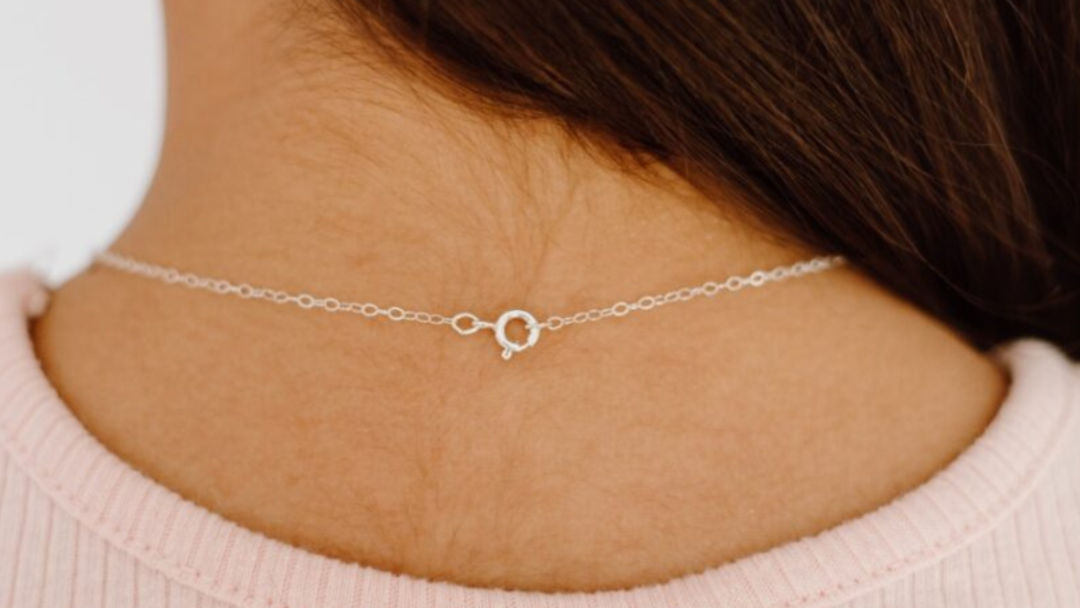
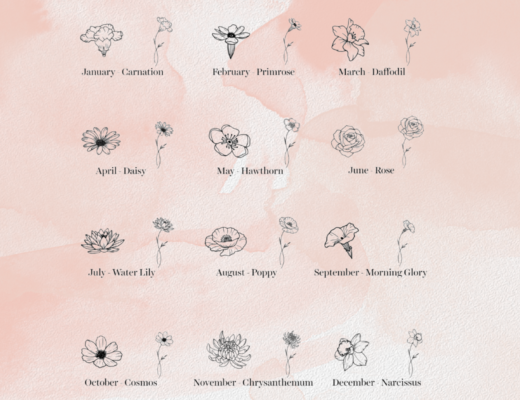
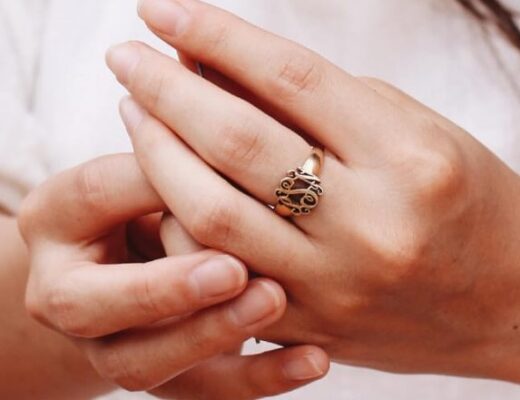
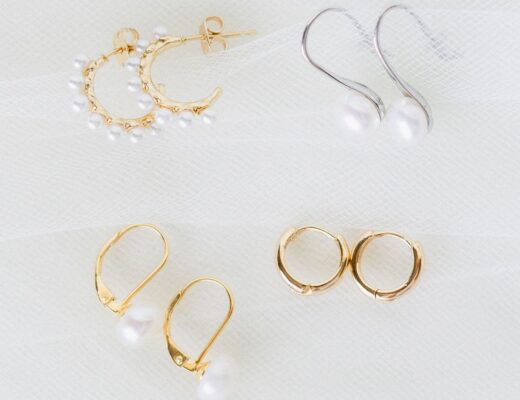
No Comments